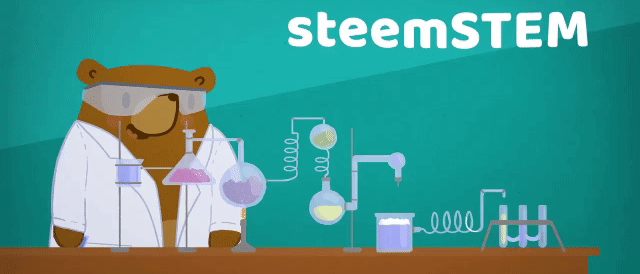Using Shape Shifting Robots For Space Exploration
When we look at the stars we are forced to ask ourselves about the existence of life on other planets. Much of what we know about space exploration is limited to telescopes, Mars Rover, and exploration robots which take pictures or collect samples.
Deploying a single robot for space exploration costs billions of dollars. Also dropping robots at high altitudes requires a certain level of precision to prevent damage to the robots, and this done with retro rockets. If any damage occurs to the wheels of the Mars rover, then the rover becomes useless. Rovers can move very efficiently on straight surfaces but find it very difficult to move on slopes or even climb rocks.
The development of robots from Tensegrity structures will be far easier to land and cost far less to build. Tensegrity robots can robots can contract or expand according to the terrain, and can climb much higher than regular Mars Rovers.
What are Shape shifting Robots
Shape shifting robots are based on the Tensegrity structures, the parts are not directly connected with nails or screws but rather they are held together by wires or cables. When they hit the ground on a very high impact, they are not damaged because they can easily distribute and absorb forces that result from impact. This makes them the ideal solution for space exploration.
Skwish Inspired Tensegrity structure Robots

The inspiration for this design was derived from a baby toy known as Skwish. The toys are fun to play with because you can throw them on the ground or squash them and they won't break. It was while trying to improve robotics for space exploration that a couple of Robotics researchers Vytas SunSpiral and Adrian Agogino came up with the idea to develop a robot based on Tensegrity Structures.
Computers control motors that cause the cables to stretch or compress, causing the structure to shift in shape. This alters the centre of gravity thereby creating a rolling motion. These robots can carry cameras and sensors which enable them take pictures and gather data. They can be dropped on any planet and regardless of the terrain, they can still move about carrying out their normal functions.
NASA's Shape shifting Origami Inspired Robots

NASA developed an Origami inspired robot known as PUFFER, which is an Acronym for Pop up Flat Folding Explorer Robot. Puffer cannot match the capabilities of more expensive Rovers like curiosity but it can shape shift. It can go through nooks too small which is critical to the exploration of Mars. Its Origami Inspired wheels collapse inward giving it a crab-like movement.
Puffer is currently under development and it is expected that future versions will posses cameras, flashlights and sensors to enable it gather data during exploration missions.
In conclusion
In the near future these robots could enable us explore planets that humans might not be safe for humans. With improvements in the design and development of Tensegrity Robots we can explore more planets within our galaxy and space exploration will become less expensive, because it is cheaper to deploy Tensegrity Robots than regular Mars rovers. They can be dropped from very High altitude without getting damaged, also more of these robots can deployed on a single mission so that they can cover more areas.
Image credits
Image1
Image2
Image3
For Further Reading
https://www.wired.com/2017/03/nasas-shapeshifting-origami-robot-squeezes-others-cant/
http://thekidshouldseethis.com/post/exploring-space-with-shape-shifting-robots
https://ww2.kqed.org/quest/2015/10/01/engineering-is-exploring-space-with-shape-shifting-robots/
https://www.youtube.com/watch?v=YtHrcmZoXsc
Thanks for reading this article, if you enjoyed it, you head over to the SteemSTEM community for more articles and discussion on science.
Please support me by upvoting, commenting and resteeming my posts


Being A SteemStem Member